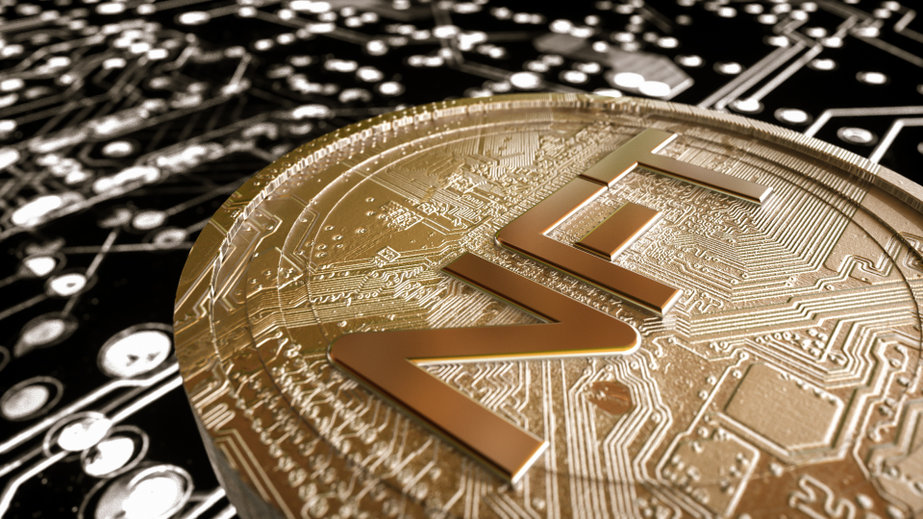While many individuals and businesses are by now familiar with Non-Fungible Tokens (NFTs), few understand the steps involved in minting them. In this article, we will discuss a few topics you should keep in mind when minting and listing Non-Fungible Tokens.
What are smart contracts and how do they work?
Since an NFT is a piece of digital code, it constitutes a unique assignment of a specific number and data to an owner on the blockchain. Importantly, this means that it is unalterable and unchangeably stored on the blockchain. As a result, in order for an NFT to be transferable, the assignment must be a program that mints the token. This is the role performed by a smart contract.
Smart contracts, unlike legal contracts which are tangible, are pre-written codes that the nodes on the blockchain execute. Rather than requiring an intermediary for all transactions on the blockchain, smart contracts fill this role and allow for the performance of credible transactions without third parties. All smart contracts have two essential characteristics. First, they can receive and send transactions. And second, they are unalterable. The main purpose of a smart contract, therefore, is to assist in the exchange of money, property, shares, or anything of value in a transparent, conflict-free way.
What are gas fees?
Much the same way in which gas fees are required when performing an ETH transfer, they must also be paid when deploying a smart contract. “Gas” is the fee required to successfully conduct any transaction on Ethereum, the computation required to process the transaction by a miner, which provides the computer power necessary to verify transactions and keep the network running. Importantly, a gas fee must be paid each time an NFT is minted, a reserve price is updated, a piece is listed for auction, or any other transaction on Ethereum is conducted. Also, there is no set rate for gas fees. Instead, the rate is determined by the amount of traffic on the network. If the network is congested, gas fees will likely be higher. However, for those seeking expedited service, an additional gas fee may be tendered in order to speed up the process.
What are the coding requirements for minting NFTs?
In order to operate within the blockchain, it is necessary to properly code a smart contract. For the Ethereum blockchain, a unified standard for NFTs is defined under “ERC-721.6.” This standard describes how to build NFTs on Ethereum Virtual Machine (EVM) compatible blockchains. It is a standard interface for NFTs with a set of rules which makes the process of working with NFTs more accessible. To properly code a smart contract, there are two paths that may be followed. One option is to work with an individual or firm possessing the requisite skill to program a smart contract that conforms to the ERC-721.6 standard. In the alternative, an individual may use one of the many existing templates of smart contracts that are readily available in online libraries under open-source licenses. If a smart contract template is used, the only additional requirement is to add individual data and codes, such as the name of the token, its functions, and a link to the work.








